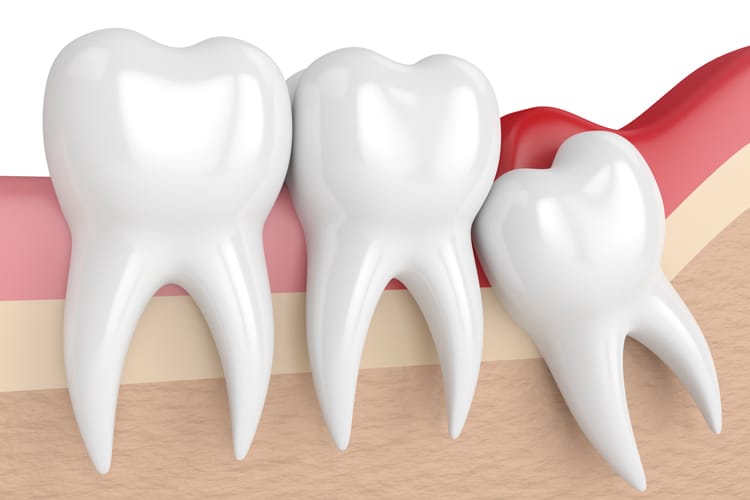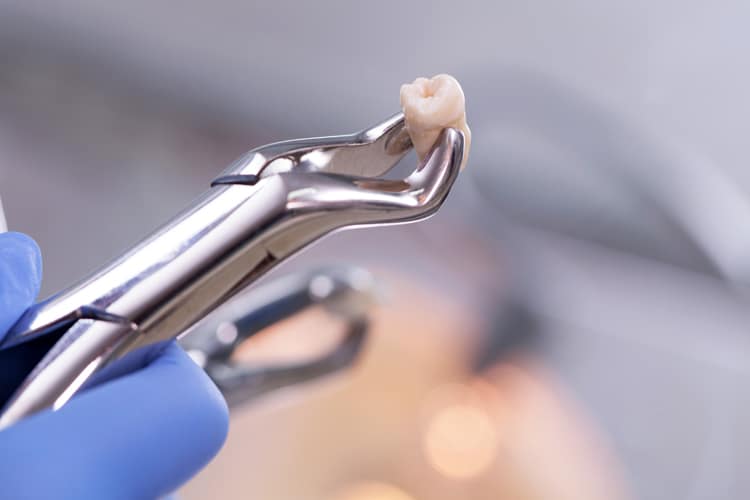The Third Molar Conundrum
Dental hygienists must be proficient in the clinical and radiographic evaluation of third molars, most of which are extracted.

The Third Molar Conundrum
Dental hygienists must be proficient in the clinical and radiographic evaluation of third molars, most of which are extracted. However, some patients present with special circumstances surrounding their third molars, such as jaw structures that cannot support wisdom teeth or a high risk for developing caries on neighboring teeth. For this reason, third molar prophylactic extraction has been on the increase in many dental offices. Many young, healthy people are having their impacted wisdom teeth removed when there is no sign of pain or irritation.
Photo Credit: ayo888 / iStock / Getty Images Plus

The Controversy
Whether removing impacted teeth is necessary is a controversial subject. Those who oppose automatically extracting the four teeth when there is no reason to do so say “watchful waiting” is a better path. There is no evidence of widespread third-molar infection and pathology or of medical necessity to justify surgery. On the other hand, a 2011 white paper from the American Association of Oral and Maxillofacial Surgeons states impacted third molars should be removed—even if they are asymptomatic—when there is a risk for pathology.
Photo Credit: alex-mit / iStock / Getty Images Plus

Preventive Approach
In most cases, the four third molars at the back of the jaw will start to erupt between the ages of 17 and 25. Extraction is often performed in preparation for orthodontic treatment or orthognathic surgery, or to prevent complications that may arise in the future. Therapeutic reasons for extracting impacted third molars include: periodontal problems, presence of cysts, acute or chronic pericoronitis, destruction of adjacent periodontal tissues, and the presence of carious lesions. Complications that may arise due to extracting third molars are pain, swelling, secondary infection, hemorrhage, alveolar osteitis, paresthesia of the inferior alveolar nerve, and impaired healing in older patients.
Photo Credit: alex-mit / iStock / Getty Images Plus

Worth the Risk?
A study revealed impacted third molars in patients older than 50 were likely to develop cysts or tumors, especially in men. Most oral health professionals agree that third molars should be extracted in the presence of recurrent gingival infection or pericoronitis, irreparable tooth decay, abscess, cysts, tumors, damage to nearby teeth and bone, or pathological conditions.
Photo Credit: alexisdc / iStock / Getty Images Plus

Risk vs Benefit Ratio
Each patient has different risk factors that can occur before, during, and after surgery. The older the patient, the more time needed for proper post-operative recovery. Third molar removal surgery is specific to each individual and the procedure is not to be entered into lightly. Each patient can present with a variety of risks and implications to consider when treatment planning for removal of third molars. The use of quality radiographs and supplemental extraoral projections (such as cone-beam computed tomography) will aid in the quality of the diagnosis and long-term patient success.

